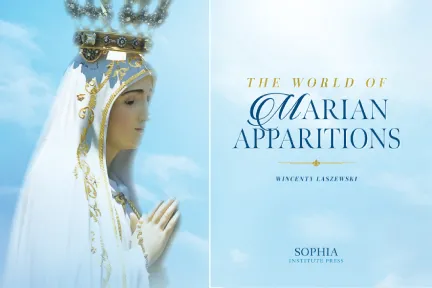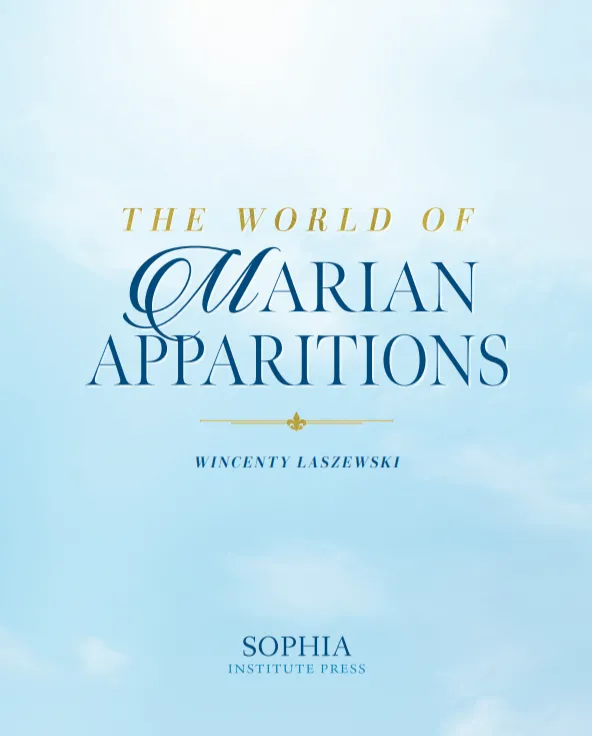
There is something about the concept of lighthouses, beacons of safety and warning that shine their light out over the dark and uncaring sea, that elicits a sort of solemn peace. This peace persists in most lighthouse tales, even when the storm is raging and the only thing standing between a ship and the brutal destruction of wind, waves, and stone is a slim ray of brightness that streams for miles out into the murky madness. Likewise, there is a peace to the lighthouse keeper. He stands as a guardian, unmoved by the storm, just like the tower in which he toils. All for the sake of protecting fragile hulls and fragile bodies from being dashed against the shore.
Michael D. O’Brien’s The Lighthouse captures this strange juxtaposition of peace and urgency that lives in the essence of these sentinel towers and their keepers. The story focuses on the self-imposed microcosm of Ethan Mcquarry, the lighthouse keeper, who spends the greater part of his life in relative isolation. The reader finds Ethan living a life of quiet solitude and the calm satisfaction of a world understood and under control.
His past, slowly unearthed through a series of unexpected encounters, is one full of regret and pain. Throughout the novel, the solid tranquility of the lighthouse remains central as much to the reader as to the characters within.
The opening chapters of The Lighthouse tell the tale of the keeper and how he came to bear that title. The prosaic manner with which the author recounts Ethan’s history is reminiscent of a calm surf on a windless day. Moving through these lilting and semi-rhythmic passages, the reader can nearly feel the sway of the waves and taste the salted air. Once the mood is set, Ethan (along with the reader) is swept away on unexpected swells and undercurrents that add a touch of chaos into his meticulous lifestyle.
Beautiful stories can be told in myriad ways. A beautiful story can be told by an expert linguist as well as by a child who can hardly speak. Some are told through song, or sculpture, or any number of expressive forms. Some beautiful stories are told beautifully, and this story is of that variety. As in any great artistic creation, there are many layers of beauty to be found as the reader journeys alongside the lighthouse keeper.
Among the most profound themes to be found in the tale of the lighthouse keeper is that of healing through the act of creating. Ethan, finding himself in need of a figurehead for a rescued and restored boat, decides to undertake some amateur woodcarving. In this foray into previously unexplored artforms, he finds a bit of healing along with an unexpected talent. Of more value to our hero than the artwork he produces is the glimpse into a self-giving love that he had previously never experienced. Through this fully self-sacrificing love, Ethan begins to feel less certain about his solitary existence.
As the story moves along, the lonely keeper finds his solitude invaded upon by several different people. From irritating vacationers, to a wandering young woman, to an exuberant marine biologist whose existence forces Ethan to re-live a past he would much rather escape.
As expected from a Catholic author and a Catholic publishing house, the story is full of Christian ideals and Catholic wisdom. Although the protagonist never participates in the Mass or even prays, his calm selflessness, his natural humility, and his sense of duty to his work and to his fellow man speak of the heart of a saint. He navigates through his life cautiously, and with very little concern for worldly possession or achievement. He only seeks to do his best and to be a little better than his forebears who so grievously failed him.
This is not to say that the keeper is perfect. He has his hangups and flaws, as we all do, but his lifelong dedication to protecting the men and women on the sea comes to a head in the climax of the book, where he shows a heart of Christ’s own.
This is not to say that the book is exclusively Catholic. Anyone with a Christian heart or even those with only a passing familiarity with the New Testament will recognize the themes within. O’Brien is deft at painting truth with the brush of fiction. Indeed, one of the most beautiful aspects of the story is its potential as a tool for evangelization. The Lighthouse, though not biographical fact, contains much that is true and good, deep and powerful like the sea.
Ultimately, the tale told in The Lighthouse is one of simple humanity. Man, in his pain and suffering, searching for meaning and for what little stability and security he can cling to. It tells of hearts broken and then mended, friends who leave our lives as quickly as they appeared, and unexpected turns of fate that can catch you off guard. Firmly bound up in the story of the lighthouse keeper are the ideals of diligence, duty, and self-sacrifice. A tale told simply, but beautifully.
The Lighthouse: A Novel
By Michael O’Brien
Ignatius Press, 2020
Hardcover, 201 pages
If you value the news and views Catholic World Report provides, please consider donating to support our efforts. Your contribution will help us continue to make CWR available to all readers worldwide for free, without a subscription. Thank you for your generosity!
Click here for more information on donating to CWR. Click here to sign up for our newsletter.








I heartily recommend all of Michael O’Brien’s novels. He writes beautifully and with ease. His use of language hangs together as a string of pearls. He weaves moral tales without any hint of preachiness. His writing is balm in a culturally arid landscape.